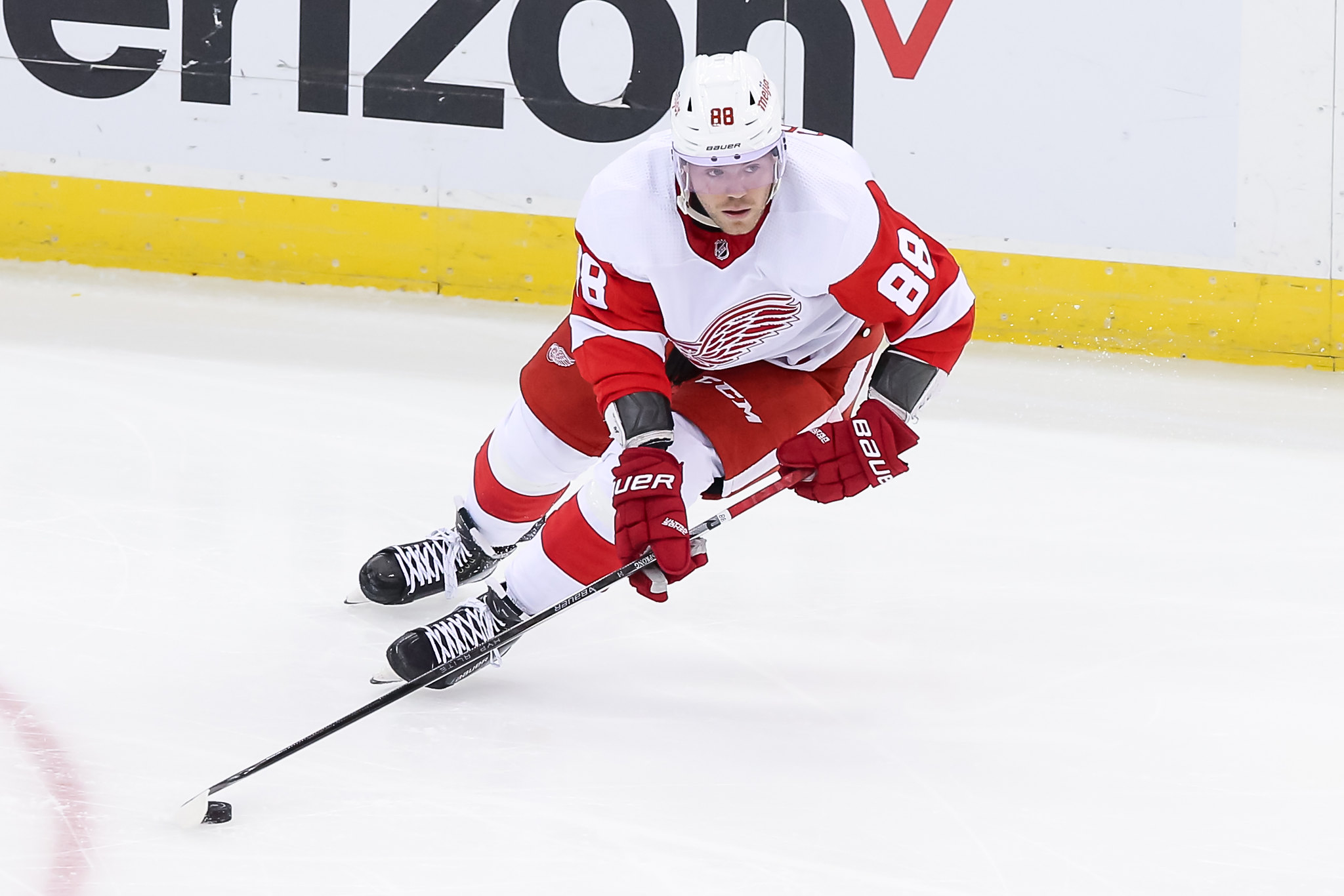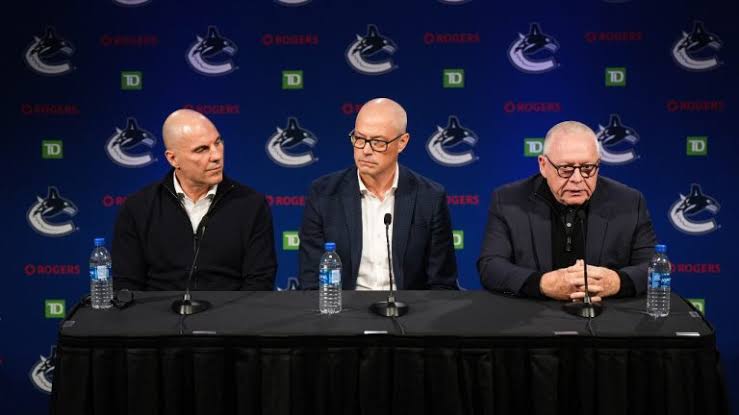The Vancouver Canucks recently traded Daniel Sprong to the Seattle Kraken, seemingly for nothing in return, leading to some confusion and speculation. Sprong, a skilled winger known for his offensive potential, had shown flashes of brilliance during his time with the Canucks, but ultimately, his move to Seattle raises questions about the decision-making behind the trade.
First, it’s important to understand that the trade wasn’t about acquiring a specific player or draft pick in return. Instead, it was more about managing the team’s roster and cap space. Sprong had been underperforming in Vancouver, and with the Canucks struggling to stay under the salary cap, they needed to make a move. The trade likely reflects a strategic decision to shed salary and open up space for other players, especially considering that Sprong was in the final year of his contract and would have been a free agent at the end of the season.
The Canucks have faced challenges with their salary cap for several seasons, and this trade might simply be part of a broader effort to create more flexibility in a tight financial situation. By moving Sprong out of the picture, they may have hoped to clear up room for future signings or trades that could better address their immediate needs, such as improving their defense or adding more depth up front.
Another factor in the decision could be Sprong’s limited role with the Canucks. Despite his offensive talent, he was never able to consistently crack the top-six forward group and found himself in and out of the lineup. The Canucks’ coaching staff likely felt that he wasn’t the right fit for the team’s system, and they may have decided it was best to part ways.

Ultimately, the trade of Daniel Sprong to Seattle might not make a huge immediate impact on either team. However, for the Canucks, it was a necessary step in managing their salary cap and optimizing their roster for the future. For the Kraken, it’s a chance to see if a change of scenery can help Sprong reach his potential.



